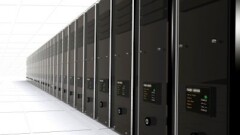As data thieves get more cunning, the Internal Revenue Service and its partners in the Security Summit have laid out half a dozen steps for practitioners to take to begin protecting themselves as data thieves get more cunning.
"Tax professionals face a number of challenges running a business and keeping up with the latest tax law changes, but they shouldn't overlook some security basics," said IRS Commissioner Danny Werfel.
Tax pros with a security problem can contact an IRS Stakeholder Liaison or the Federal Trade Commission, but in the meantime, the IRS and its Security Summit partners have reiterated the six steps to safeguard taxpayer information (including some you're required to take):











